.png)
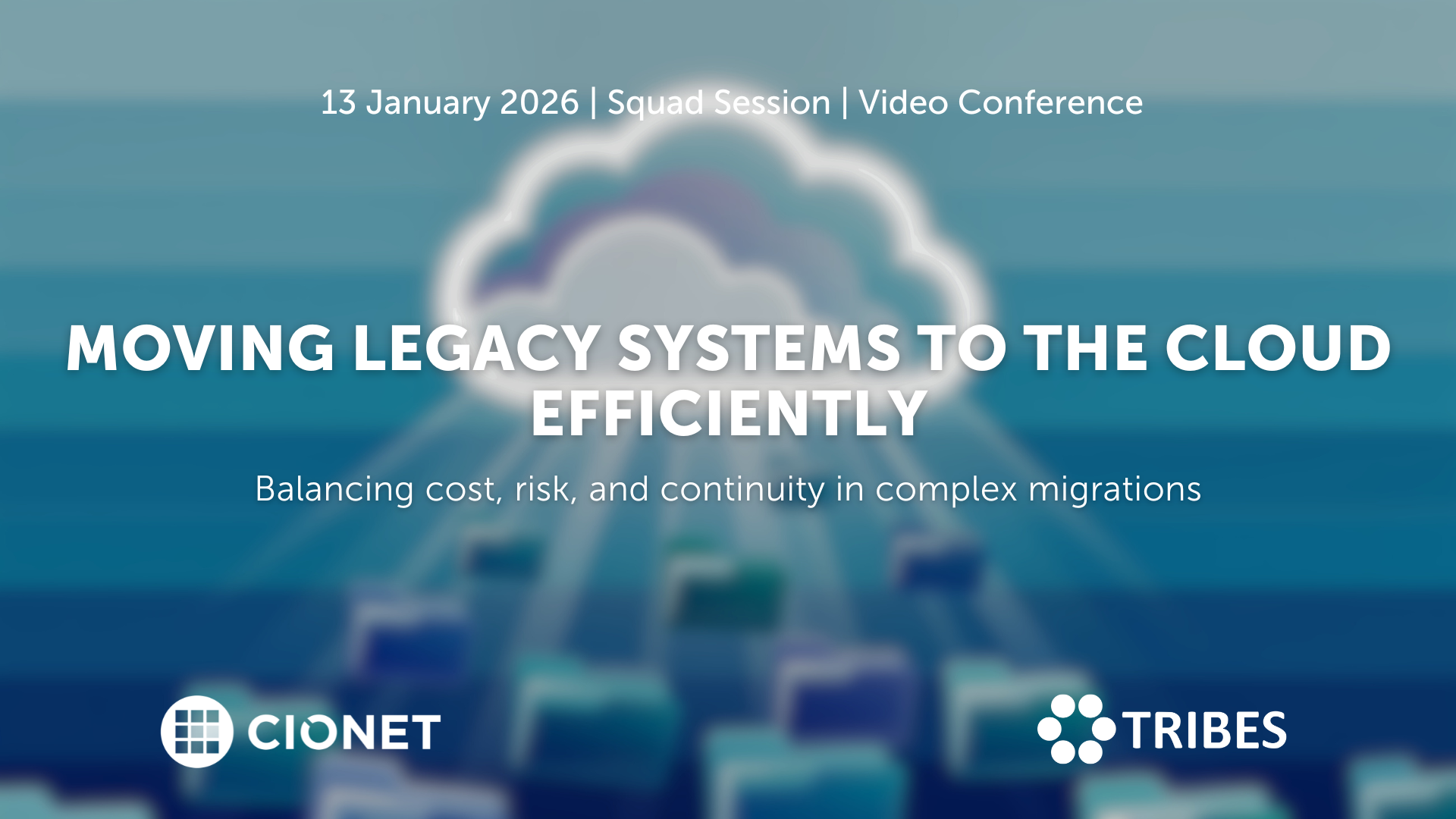
Belgium 13-1-26 Squad Only Virtual english
Migrating legacy systems to the cloud remains one of the toughest balancing acts in IT. Every choice affects stability, cost, and trust at once, and what starts as a modernisation effort quickly turns into a negotiation between ambition and reality. Suddenly budgets rise, dependencies appear late, and timelines tighten as old architectures collide with new expectations. In the end, success depends on sequencing, ownership, and aligning business priorities with infrastructure limits, and not only on technical readiness. Making it work requires more than a plan on paper. Knowing which systems genuinely belong in the cloud, which can wait, and which should stay put shapes the entire roadmap and defines its success. Each refactoring decision sets the level of future flexibility, but it also drives cost and risk. The trade-offs between speed, sustainability, and resilience only become clear once migration begins and pressure builds. Let’s discuss how to plan migrations that stay on track, manage hidden dependencies, and handle downtime with confidence. Let’s also discuss how governance, testing, and vendor coordination keep progress visible and credible. Are you in? A closed conversation for those who turn cloud migration from a disruption into a long-term advantage.
Read More.png)
Belgium 20-1-26 All Members Physical english
CIOs today are being judged less as technology leaders and more as portfolio managers. Every euro is under scrutiny. Boards and CFOs demand lower run costs, higher efficiency, and clear ROI from every digital initiative. Yet, they also expect CIOs to place bets on disruptive technologies that will keep the enterprise competitive in five years. This constant tension is redefining the role. In this session, we go beyond FinOps and cost reporting to tackle the strategic financial dilemmas CIOs face.
Read More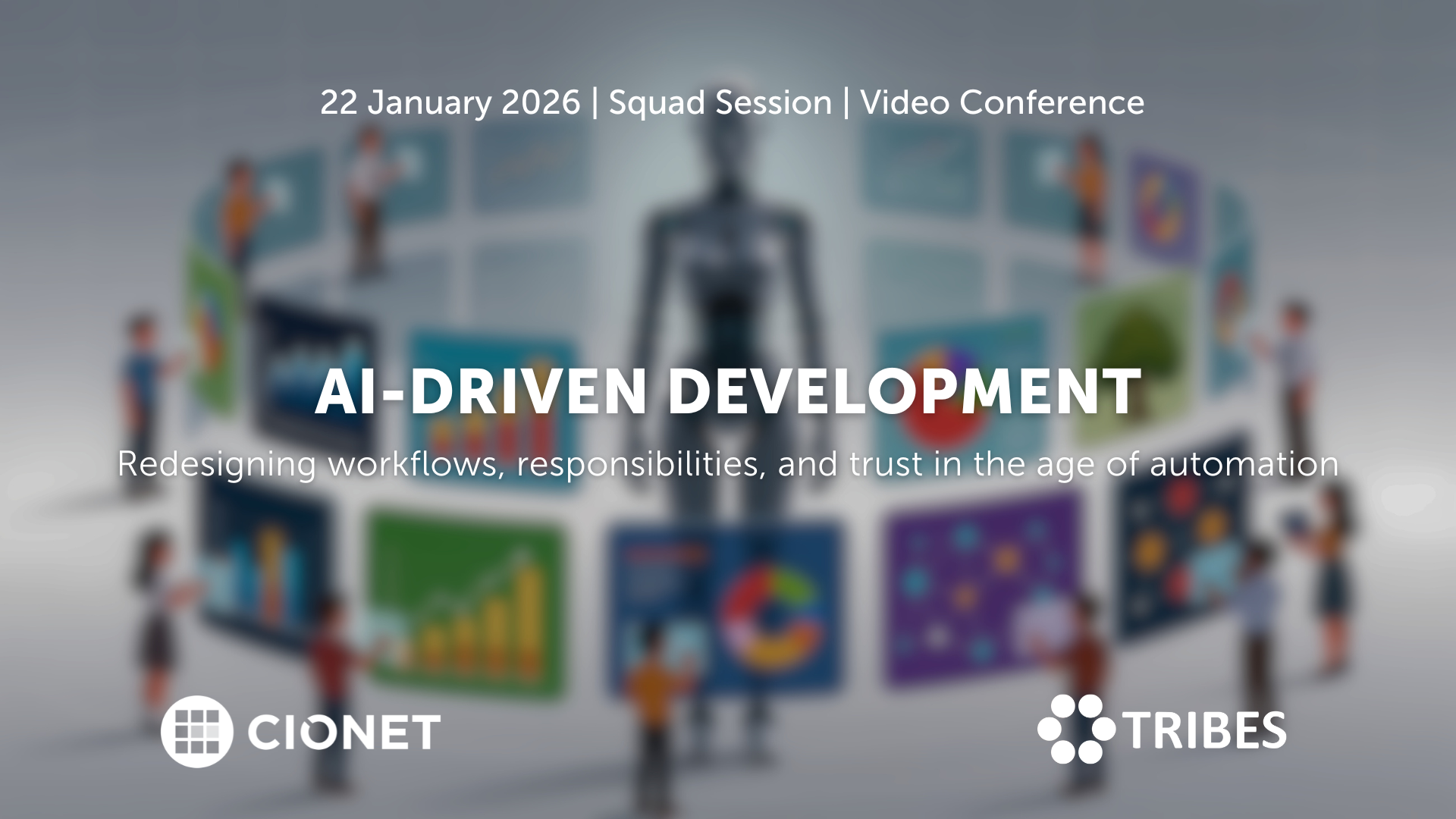
Belgium 22-1-26 Invitation Only Virtual english
AI coding assistants entered development teams quietly, but their impact grows by the day. What started as autocomplete now shapes architecture decisions, documentation, and testing. And when productivity gains are visible, so are new risks: security blind spots, uneven quality, and the slow erosion of shared standards. Teams move faster, but not always in the same direction. The challenge has become integration rather than adoption. And new questions have risen: how do you blend automation into established practices without losing oversight? When is human review still essential, and what should the rules of collaboration between developer and machine look like? As AI tools learn from proprietary code, where do responsibility and accountability sit? Let’s talk about how to redefine those workflows, balancing creativity with control, and protecting code quality in a hybrid human-AI environment. A closed conversation on where AI accelerates progress, where it introduces new debt, and how development culture must evolve to stay credible.
Read More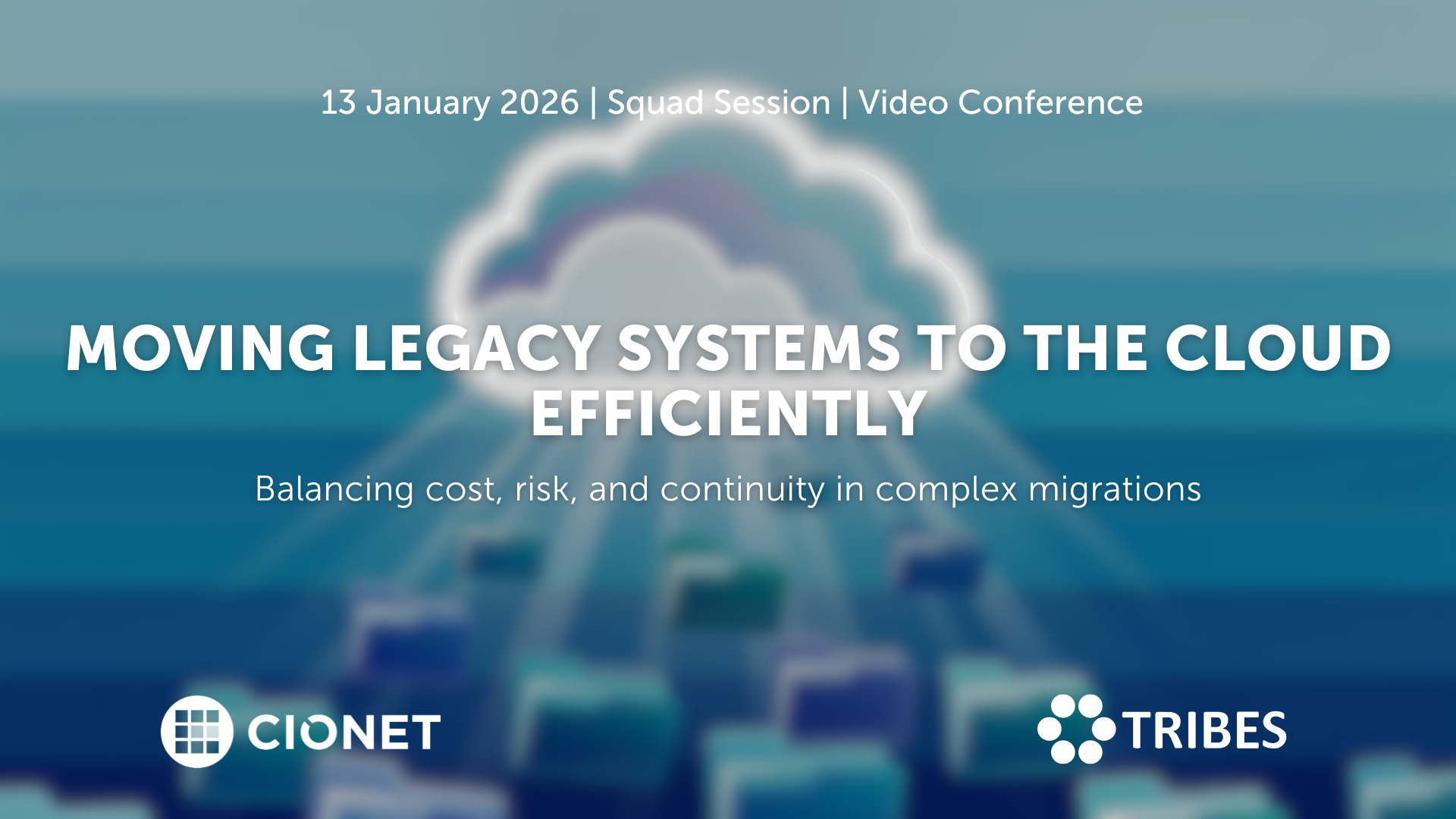
January 13, 2026 Squad Session Invitation Only Virtual english
Migrating legacy systems to the cloud remains one of the toughest balancing acts in IT. Every choice affects stability, cost, and trust at once, and what starts as a modernisation effort quickly turns into a negotiation between ambition and reality. Suddenly budgets rise, dependencies appear late, and timelines tighten as old architectures collide with new expectations. In the end, success depends on sequencing, ownership, and aligning business priorities with infrastructure limits, and not only on technical readiness. Making it work requires more than a plan on paper. Knowing which systems genuinely belong in the cloud, which can wait, and which should stay put shapes the entire roadmap and defines its success. Each refactoring decision sets the level of future flexibility, but it also drives cost and risk. The trade-offs between speed, sustainability, and resilience only become clear once migration begins and pressure builds. Let’s discuss how to plan migrations that stay on track, manage hidden dependencies, and handle downtime with confidence. Let’s also discuss how governance, testing, and vendor coordination keep progress visible and credible. Are you in? A closed conversation for those who turn cloud migration from a disruption into a long-term advantage.
Read More
January 22, 2026 Squad Session Invitation Only Virtual english
AI coding assistants entered development teams quietly, but their impact grows by the day. What started as autocomplete now shapes architecture decisions, documentation, and testing. And when productivity gains are visible, so are new risks: security blind spots, uneven quality, and the slow erosion of shared standards. Teams move faster, but not always in the same direction. The challenge has become integration rather than adoption. And new questions have risen: how do you blend automation into established practices without losing oversight? When is human review still essential, and what should the rules of collaboration between developer and machine look like? As AI tools learn from proprietary code, where do responsibility and accountability sit? Let’s talk about how to redefine those workflows, balancing creativity with control, and protecting code quality in a hybrid human-AI environment. A closed conversation on where AI accelerates progress, where it introduces new debt, and how development culture must evolve to stay credible.
Read More
January 27, 2026 Squad Session Invitation Only Physical english
Zero Trust sounds simple on paper: trust no one, verify everything. But once you start implementing it, the fun begins. Legacy systems, hybrid networks, and human habits don’t read the manual. The idea is solid; the execution, not so much.
Read More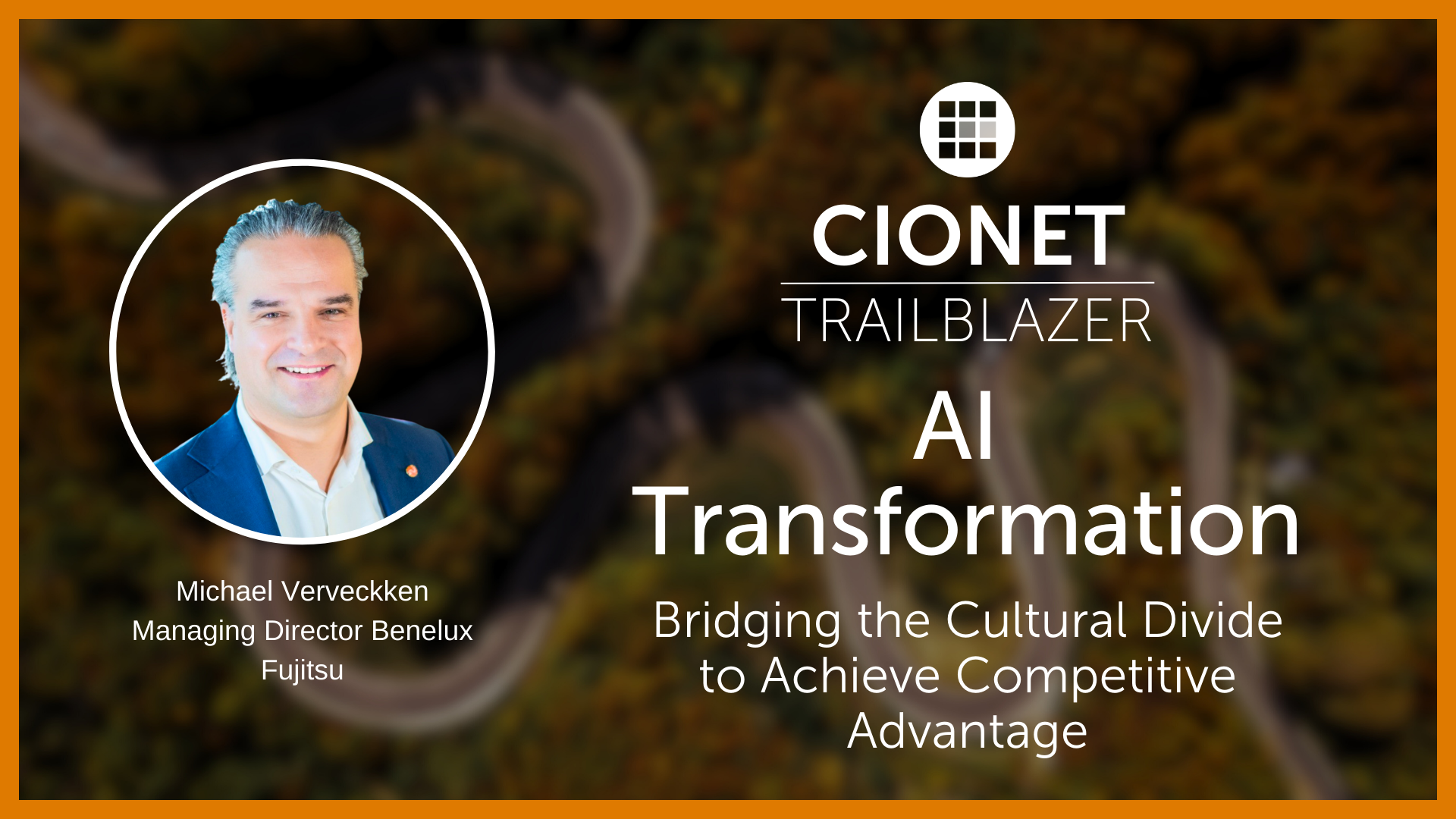
CIONET Trailblazer: AI Transformation: Bridging the Cultural Divide to Achieve Competitive Advantage
Published on: December 17, 2025 @ 9:16 AM
Unilever: Using AI to freeze out competition & discover “breakfast for dessert”
Unilever has used AI to sort through their structured data for years. Partnering with American, Chinese, Israeli and U.K. startups to analyze information from content people post and reactions to that content, Unilever has been able to unearth insights in gap areas in their marketing they would have otherwise missed.
Unilever, a British consumer goods company, made a sugary sweet move to freeze out their competition when they implemented the usage of twenty-six AI data centers across the globe to synthesize insights from a range of sources, including social listening, CRM, and traditional marketing research. Unilever owns over 400 brands spread across 190 countries, and thirteen of those brands have sales over a billion dollars. Such brands include Lipton, Sunsilk, Dove, Knorr, Magnum and hundreds of other food, vitamin, beauty and cleaning products. While Unilever has used AI to sort through their structured data for years, they recently took a deep dive into their qualitative data by gleaning through text, audio, social media and phone activity as a means to influence more of its marketing. Partnering with American, Chinese, Israeli and U.K. startups to analyze information from content people post and reactions to that content, Unilever has been able to unearth insights in gap areas in their marketing they would have otherwise missed.
A prime example is their development of Ben & Jerry’s cereal-flavored ice-cream (Fruit Loops and Frozen Flakes) after listening to over 50 songs in the public domain that had lyrics talking about “ice cream for breakfast.” One of the AI algorithms Unilever enlisted in a partnering startup recognized a data set that revealed an opportunity for a new product. Although Dunkin Donuts sold ice cream in the morning for years, Unilever never had the data to prove this customer pain point. As a result, ice cream companies like Ben & Jerry’s missed this niche market opportunity. With the new product on the shelves, competitors are now incorporating breakfast ice cream in their own name brand product lines, But that’s just the icing on the (ice cream) cake.
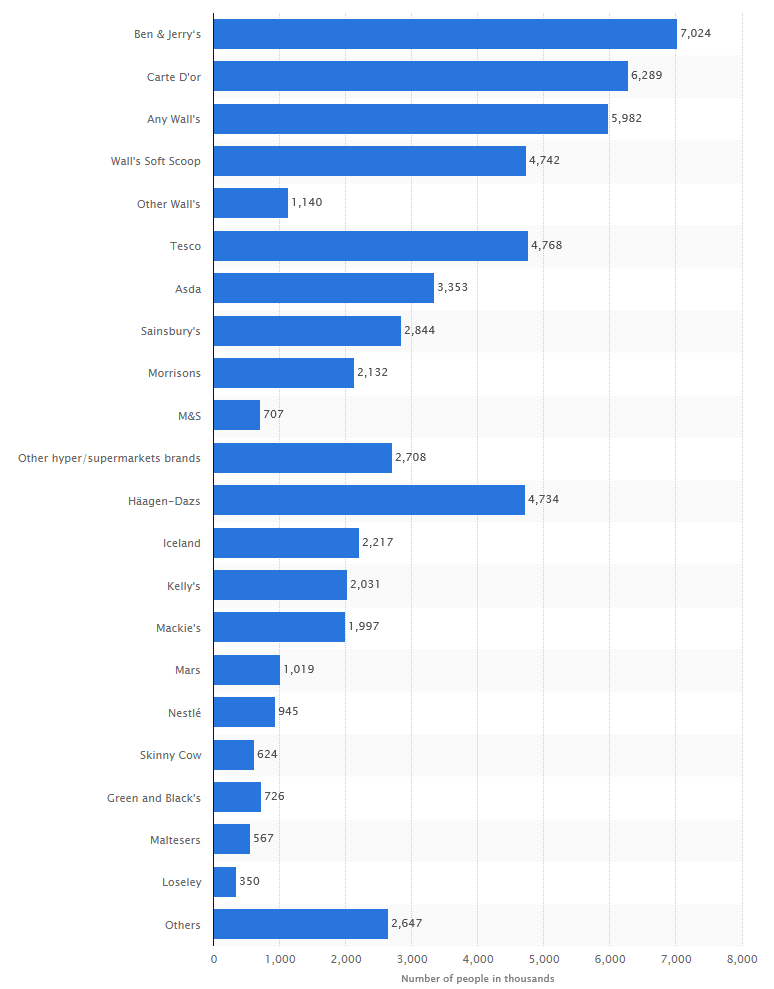
In addition to infiltrating the ice cream market, Unilever is using AI to pioneer the recruitment of executives and marketers in order to decrease the money and time spent invested in the hiring process. They currently spend over 100,000 hours hiring over 30,000 people a year and processing 1.8 million job applications. Partnering with Pymetrics, Unilever built an online platform that used the aptitude, logic and reasoning of a candidate acquired through a neuroscience gaming activity to sift through preliminary screening of applicants. Pymetrics used this information and measured it against the role for which they applied as well as the profiles of successful employees currently working at the company.

Unilever deployed video analyzing software in 2018 that introduced candidates into the second stage of the interview process where their facial expression, body language and word choice were scanned from the comfort of their own homes as they sat in front of their computers or mobile phones. The machine learning algorithm examines the candidate after listening to the candidates answer questions for 30-minutes and then determines who is a good-fit through a variety of natural language processing and body language analysis.
This automated screening system is programmed to look for cues in behavior that selects candidates who demonstrate “systemic thinking, resilience, and business acumen.” Unilever also uses this proprietary technology to deliver feedback to applicants by giving them a detailed list of how they did in the interview, what characteristics align with the company, what traits do not, and how to be more successful in the application process in the future. The irony is that artificial intelligence is actually allowing companies to be more human. Instead of large companies allowing applicants CV’s fall into the black hole, they are connecting and addressing areas of growth and improvement.

Within the first 90 days of adoption, Unilever doubled the amount of application to jobs success rate moving from 15,000 to 30,000. In addition, they hired their most diverse candidate pool by focusing on hiring non-white applicants and increasing representation 2,600 universities as opposed to 840 universities in the years prior. For the first time in their hiring history, they achieved gender parity in their hiring, as well as increasing socioeconomic representation by 20%. In terms of the efficiency of the hiring process, the average hiring time went from four months to four weeks and saved a cumulative 50,000 hours. Recruiters spent 75% less time reviewing applications, and the acceptance rate of offers to candidates went from 64% to 82%, and the completion rate of the Pymetrics game was 98%.




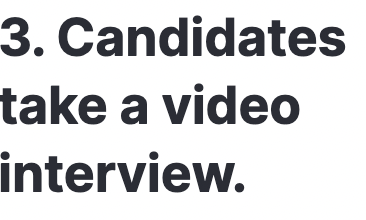



After the hiring process, Unilever incorporated machine-learning into their onboarding initiatives to help new employees adapt to new routines and corporate culture. They built a bot using natural language processing to understand important employee information that is retrieved for new candidates and acts as an HR specialist, IT assistant, and general logistical support that answers questions pertaining to parking, salary, reviews, and time-off allowances. A customer-service corporate bot varies with a consumer-facing bot in that it must appropriately identify the employees information by using geographical location, level of seniority and other differentiating information in order for real and authentic support to be provided.
Current data comes from internal sources like schedules, policy documents, guidelines and the warehouse of data that comes from the litany of questions employees pose everyday. This data is currently being used to develop learning material.
Other initiatives Unilver is piloting is their smart sourcing technology that uses satellite imagery, cloud computing and AI to help achieve sustainable commodity sourcing by monitoring the effect sourcing has on the environment and communities. Their goal is to help companies avoid waste by building out an algorithm that shows the “optimum probability curve of need, demand and consumption.”
Unilever is harnessing the latest advancement in AI to most past outdates recruitment practices and improving candidate and employee experiences. In addition, they are using AI to innovate and learn from their users to create products that people crave, and not just for breakfast.
314 Views 0 Likes Read More

Digital Transformation is redefining the future of health care and health delivery. All stakeholders are convinced that these innovations will create value for patients, healthcare practitioners, hospitals, and governments along the patient pathway. The benefits are starting from prevention and awareness to diagnosis, treatment, short- and long-term follow-up, and ultimately survival. But how do you make sure that your working towards an architecturally sound, secure and interoperable health IT ecosystem for your hospital and avoid implementing a hodgepodge of spot solutions? How does your IT department work together with the other stakeholders, such as the doctors and other healthcare practitioners, Life Sciences companies, Tech companies, regulators and your internal governance and administrative bodies?
Read More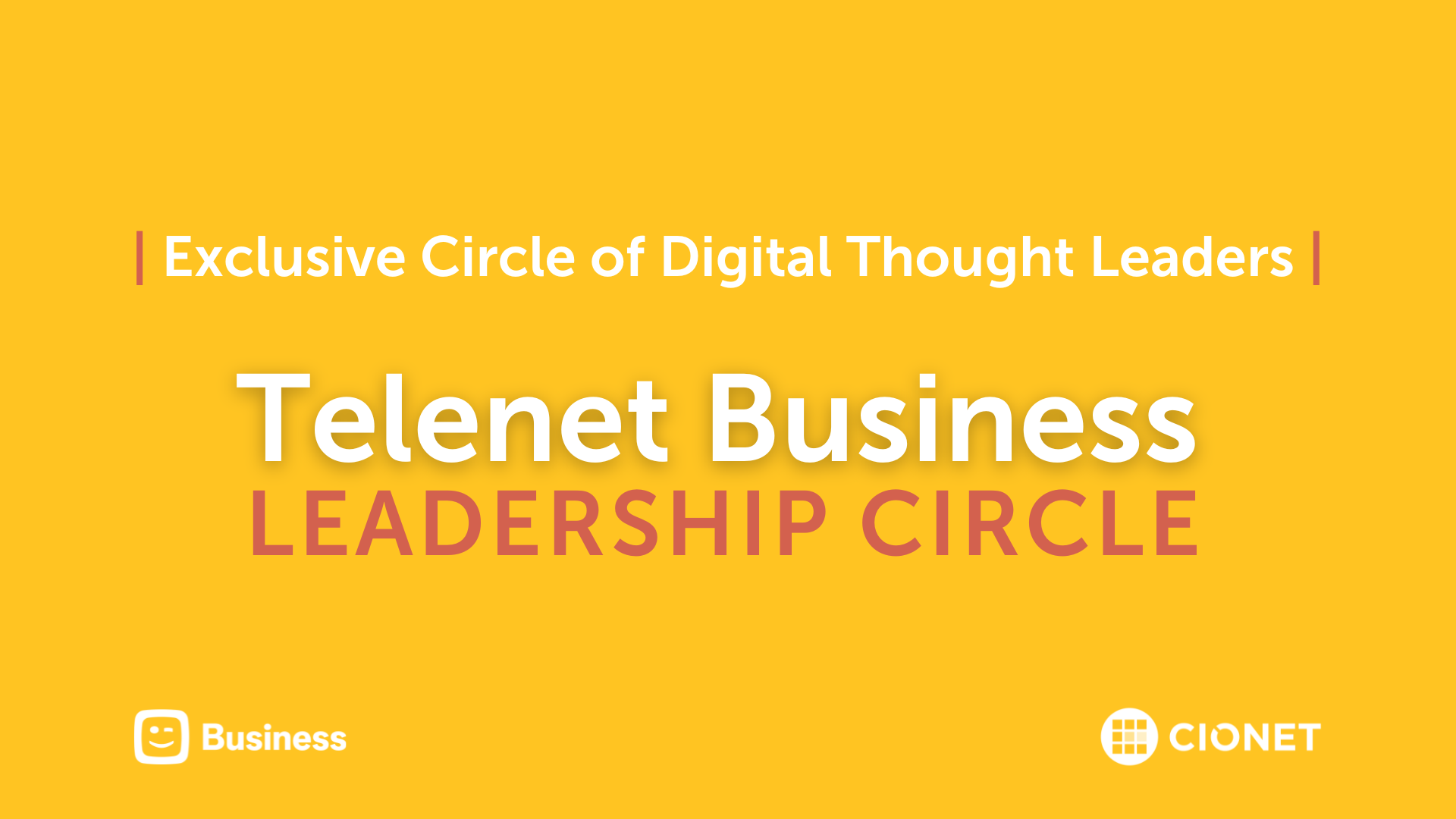
The Telenet Business Leadership Circle powered by CIONET, offers a platform where IT executives and thought leaders can meet to inspire each other and share best practices. We want to be a facilitator who helps you optimise the performance of your IT function and your business by embracing the endless opportunities that digital change brings.
Read More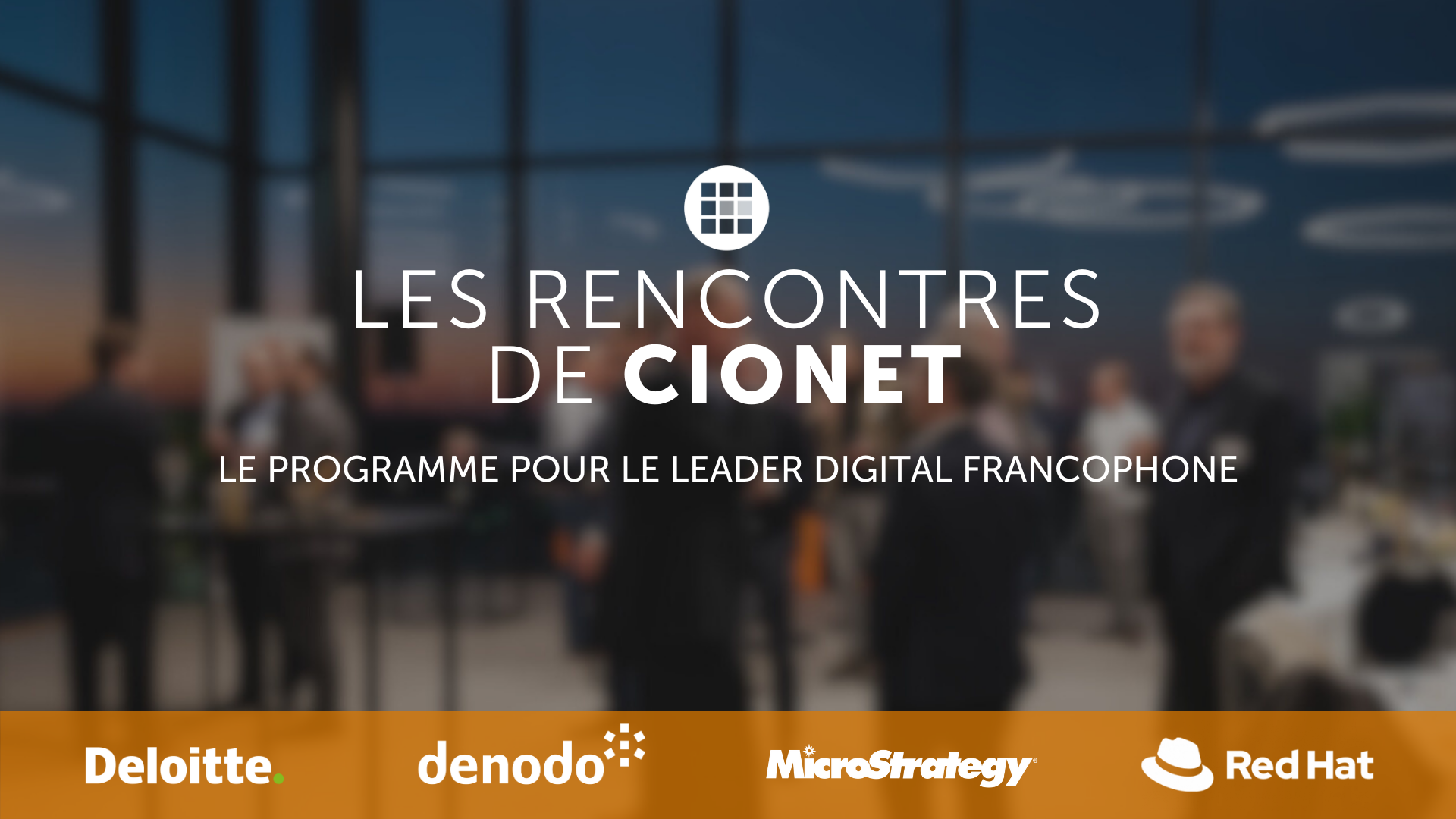
Découvrez la dynamique du leadership numérique aux Rencontres de CIONET, le programme francophone exclusif de CIONET pour les leaders numériques en Belgique, rendu possible grâce au soutien et à l'engagement de nos partenaires de programme : Deloitte, Denodo et Red Hat. Rejoignez trois événements inspirants par an à Liège, Namur et en Brabant Wallon, où des CIOs et des experts numériques francophones de premier plan partagent leurs perspectives et expériences sur des thèmes d'affaires et de IT actuels. Laissez-vous inspirer et apprenez des meilleurs du secteur lors de sessions captivantes conçues spécialement pour soutenir et enrichir votre rôle en tant que CIO pair. Ne manquez pas cette opportunité de faire partie d'un réseau exceptionnel d'innovateurs numériques !
Read More
CIONET is committed to highlighting and celebrating female role models in IT, Tech & Digital, creating a leadership programme that empowers and elevates women within the tech industry. This initiative is dedicated to showcasing the achievements and successes of leading women, fostering an environment where female role models are recognised, and their contributions can ignite progress and inspire the next generation of women in IT. Our mission is to shine the spotlight a little brighter on female role models in IT, Tech & Digital, and to empower each other through this inner network community.
Read More


-Apr-01-2022-10-58-34-57-AM.png)




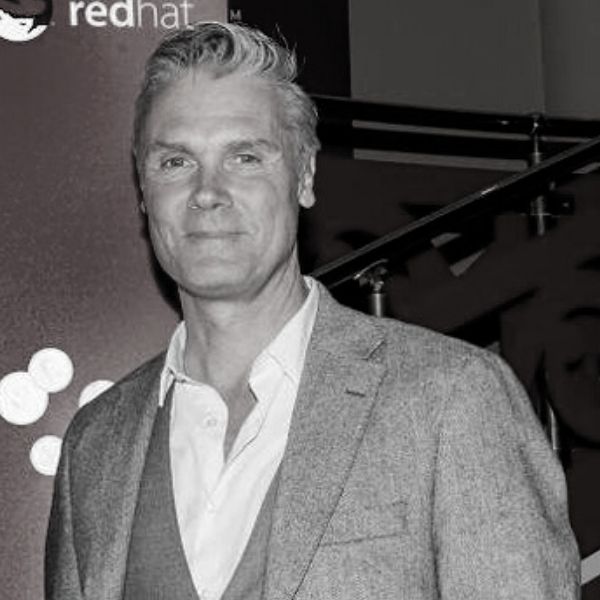






-Dec-13-2023-10-53-15-5032-AM.png)




-Jun-12-2023-01-23-11-7540-PM.png)





-Apr-01-2022-10-58-34-68-AM.png)










-2.jpg)




-Sep-01-2022-02-47-55-60-PM.png)
-Nov-22-2023-08-56-42-6802-AM.png)
.png)

Would you like to know more about CIONET Belgium, membership or partnership opportunities? Do you have feedback or any other question? Send us a message!
You can either send us a registered handwritten letter explaining why you'd like to become a member or you can simply talk to us right here!